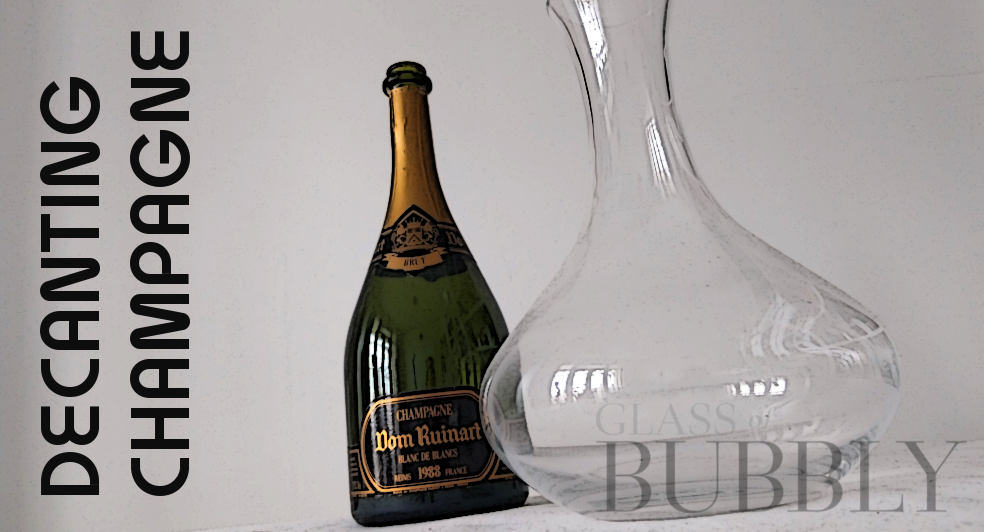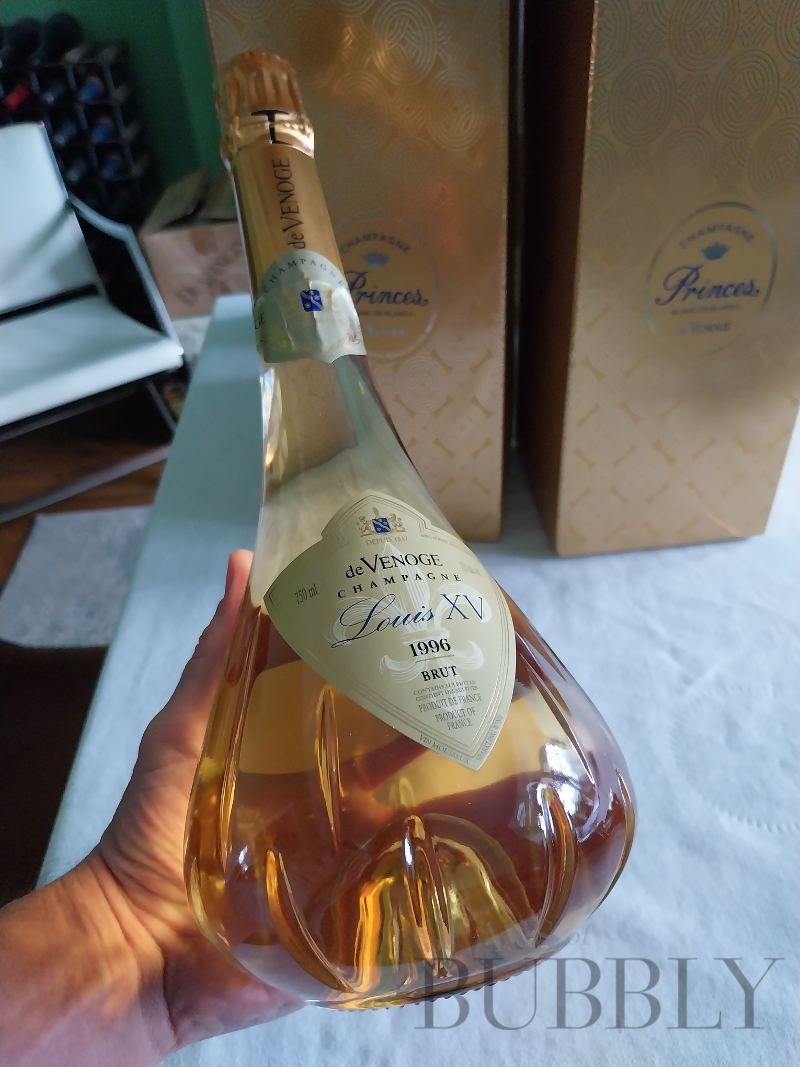Do’s and Don’ts of Decanting Champagne
4th April 2023

You would be forgiven for thinking that the decanting of wine is reserved for more expensive / older still red wines or maybe for port / sherry. It for sure does interest people to know that Champagne is another wine that can benefit from decanting. Though it might be a somewhat rarer sight, with more options available in the decanter sector, decanting can offer an improved tasting experience on certain bottles of Champagne.
Decanting will not be suitable for the majority of wines, it would be an unnecessary exercise and have little to no value on the quality of the wine. Most bottles of wines sold are not vintage and are designed to be enjoyed young over any ageing requirement and are perfectly suitable for pouring directly from the bottle into your glass.
When it comes to decanting, we generally see the two main reasons being allowing the wine to breathe and separating the sediment from the wine.
A Champagne producer will usually advise if any of their labels are recommended to be decanted prior to drinking. If enjoying a bottle at a dining location, a sommelier will usually be aware of what wines require decanting and will generally confirm with the guest if they wish to go ahead with this prior to pouring.
“When it comes to Champagne, the older the vintage the bigger the glass is my opinion. I tend not to favour decanting for Champagne unless there has been severe cork damage thus decanting to avoid residue being poured into your glass. A larger, wide bowled glass will give a Champagne plenty of area to breathe and being patient, especially with more senior vintages, allowing you to enjoy not only better flavours, but the aromas will really open up into many layers.” Christopher Walkey
As a sparkling wine, Champagne becomes oxidised the moment it is poured into your glass though the type of glass will depend on how well this process takes place.
Some will point out that there are two main styles of Champagne, oxidative and reductive, which are winemaking processes. Oxidative means that during the ageing of the Champagne, it will have seen time spent in oak barrels meaning that oxygen will have been allowed to enter the liquid – Reductive means a reduction of oxidisation to zero influence which will see a wine presenting more fruity and floral characters. We can say the styles are Oxidative (more open) / Reductive (more tight).
The reductive Champagne styles will be more likely to be decanted as the process will enable the wine to open up.
Gert Crum, renowned wine journalist and author of ‘Champagne, The Future Uncorked‘ mentions that “Some producers recommend that their greatest and most complex Champagnes are poured into a large carafe before serving.” He also points out that indeed, Champagne de Venoge’s cuvée prestige (Louis XV) is already in a carafe (below image).

Champagne de Venoge Louis XV 1996 Vintage
If we are looking at more senior vintages and especially those which have been on cork for many years, then decanting is not a recommended part of the serving process – These examples are less likely to hold much effervescence so decanting first will practically eliminate this pleasure of the wine – Some will also say that older vintages are far more delicate and risk being damaged by being transferred to a decanter first.
If you do decide to decant your Champagne then there is a vast choice of brands to choose from as well as designs. Most producers of glassware will stick with the notion that all and any wines should be decanted first (makes business sense for them to say this I suppose). When decanting Champagne, remember to place your decanter in the fridge first rather than warming the Champagne upon impact with the glass of the decanter. Gently pour instead of rushing things, slow down towards the end of the pouring to reduce any sediment being transferred.
![]()
Christopher Walkey
Co-founder of Glass of Bubbly. Journalist and author focused on Champagne & Sparkling Wines and pairing them with foods.
